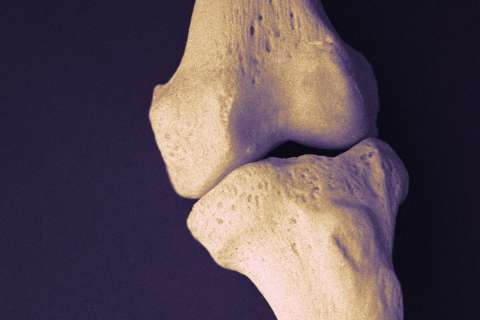Dear Doctors: Is there more than one kind of COVID-19? I heard on the news about something they’re calling “long COVID,” and it sounds like a whole different kind of disease. How do you get it? Can it be cured?
Dear Reader: It’s true that we’re hearing a lot about long COVID these days. Despite being referred to by a different name than COVID-19, it’s not a separate illness. Rather, long COVID is a term used to describe the lingering symptoms that can affect some people who have survived COVID-19. People who are experiencing long COVID are sometimes referred to as "COVID long-haulers."
As we know all too well by now, COVID-19 is the name of the illness that can arise when someone becomes infected with the novel coronavirus. Cases of COVID-19 run the gamut from mild to moderate to severe to fatal. One of the perils of the disease is that it’s impossible to predict how any one person will react to the infection. Even a moderate case of COVID-19 can be challenging, with symptoms that include high fever, body aches, congestion, difficulty breathing, dizziness, profound fatigue and altered mental status. For many people with moderate to severe COVID-19, the disease runs its course in a month or more. However, tens of thousands of survivors experience long COVID, or long-haul COVID, and some symptoms persist.
For these COVID survivors, recovery is long and rocky, marked by repeated setbacks. Even when the worst of the disease has run its course, other symptoms affect patients for many months. These include persistent fatigue, exhaustion, headache, muscle aches, muscle spasms, erratic heartbeat, depression, low blood pressure after exertion and memory fog. Some patients experience increased blood clotting, which can lead to organ damage.
A recent study published in the Journal of the American Medical Association followed the recovery of 145 patients in their 50s who had experienced moderate to severe COVID-19 symptoms. Researchers found that 87% were left with labored breathing and persistent fatigue for months after the initial disease. Another troubling aspect of long COVID is emerging evidence that it can affect the youngest survivors. About 10% of the more than 11 million coronavirus infections reported in the U.S. thus far have occurred in children, and many experience long-lasting symptoms.

It’s still not clear why some people recover completely from COVID-19, while for others symptoms persist for months. One theory is that, even after someone recovers from the initial disease, fragments of the genetic code of the coronavirus may continue to circulate throughout the body. Although these fragments don’t cause full-on disease, they may continue to trigger an immune system response.
At this time, as with COVID-19, there is no single cure for long COVID. Treatment focuses on managing symptoms. However, it has been recognized as a serious problem. Researchers are now launching studies to discover the biological and immunological causes of long-haul COVID. The hope is to identify any biomarkers that make people susceptible to the syndrome and point to successful treatments.
(Send your questions to [email protected]. Owing to the volume of mail, personal replies cannot be provided.)





